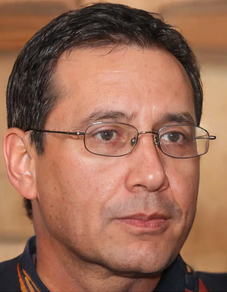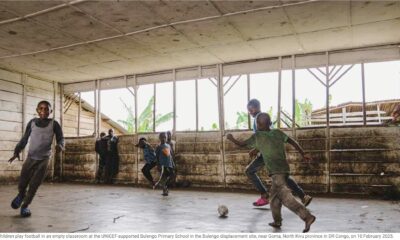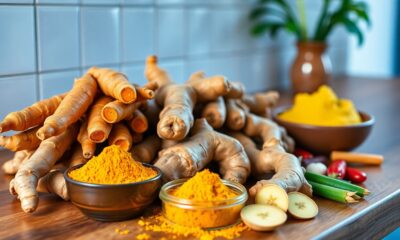Health & Society
Do we know how many calories we consume with alcohol?
As of December 2019, all alcohol bottles have energy content information on their labels
Manufacturers in Europe must declare the calories in alcohol on bottle labels. This comes after Brussels called on the industry to introduce its own rules to improve healthy habits.
If we have to give, as an example, the calories in a bottle of wine, which is equivalent to a few donuts or two greasy burgers, and a large whiskey – to two slices of cake.
They say that people who drink a lot of beer get fat. And there’s a good reason for that. Have you ever wondered how many calories are in a beer? Of all the alcoholic drinks on the market, we have compiled a table of the most suitable so that you can see the number of calories in different alcoholic drinks. Explore how calorie counts vary (mainly due to sugar content) in different types of beer and liquor, and decide how alcohol might affect your diet this year.
Although drinking alcoholic beverages has long been a human ritual, it is difficult to recommend it because of its nutritional value. Moreover, alcohol depletes the most important vitamins and minerals in the body: vitamins of group B, C, K and minerals – zinc, magnesium and potassium.
How many calories are in alcoholic beverages?
Pure alcohol is called ethanol. Its content in alcoholic beverages varies greatly, starting at 4.5% (beer), going through 13.5% (wine) and reaching up to 90% (absinthe). Not to mention that there are also drinks whose alcohol content is 96% (Polish Spiritus vodka), but this is pure alcohol for us.
The calorie content of ethanol is as many as 7 calories per gram. This is almost double the caloric content of proteins and carbohydrates, which contain only 4 calories per gram. Of course, this does not mean that 100 grams of vodka contains 700 calories. However, for the most part (at least most), alcoholic beverages are made up of water, which has zero energy value. To calculate the exact calorie content of a given drink, we need to do a few simple calculations.
Let’s take beer for example. The alcohol content in the beer is 4.5%. This means that there are 4.5 grams of ethanol in 100 grams (or milliliters). Since we already know that 1 gram of ethanol contains 7 calories, we can easily calculate that the calorie content of 100 milliliters of beer is 31.5 calories (7 x 4.5). This means that one beer (0.5 l) contains nearly 160 calories, and that’s just from ethanol (some drinks have some sugar and other nutrients that add to the caloric content).
Table of calories of alcoholic beverages
Product/Quantity -Energy value (kcal) -Proteins (g)- Lipids (g) -Carbohydrates (g):
Light beer/100 ml – 42 – 0.3 – 0.0 – 4.6
Brown beer/100 ml – 48 – 0.3 – 0.0 – 5.7
Beer without alcohol/100 ml – 27 – 0.2 – 0.0 – 5.2
Brandy 40%/100 ml – 225 – 0.0 – 0.0 – 0.5
Cognac 40%/100 ml – 239 – 0.0 – 0.0 – 0.1
Gin 40%/100 ml – 220 – 0.0 – 0.0 – 0.0
Liqueur 24%/100 ml – 345 – 0.0 – 0.0 – 53.0
Fruit liqueur/100 ml – 215 – 0.0 – 0.0 – 28.0
Ponch 26%/100 ml – 260 – 0.0 – 0.0 – 30.0
Rum 40%/100 ml – 220 – 0.0 – 0.0 – 0.0
Semi-sweet champagne/100 ml – 97 – 0.2 – 0.0 – 7.0
Semi-dry champagne/100 ml – 83 – 0.1 – 0.0 – 3.4
Sweet champagne/100 ml – 117 – 0.2 – 0.0 – 12.0
Sherry 20%/100 ml – 152 – 0.0 – 0.0 – 10.0
Vermouth 13%/100 ml – 158 – 0.0 – 0.0 – 15.9
Semi-sweet white wine/100 ml – 92 – 0.0 – 0.0 – 4.4
Dry white wine/100 ml – 73 – 0.0 – 0.0 – 2.4
Port wine 20%/100 ml – 167 – 0.0 – 0.0 – 13.7
Semi-dry wine/100 ml – 78 – 0.0 – 0.0 – 3.7
Madeira wine 18%/100 ml – 139 – 0.0 – 0.0 – 10.0
Semi-sweet red wine/100 ml – 96 – 0.0 – 0.0 – 5.5
Sweet red wine/100 ml – 106 – 0.0 – 0.0 – 8.2
Dry red wine/100 ml – 75 – 0.0 – 0.0 – 3.0
Vodka 40%/100 ml – 235 – 0.0 – 0.0 – 0.1
Whiskey 40%/100 ml – 220 – 0.0 – 0.0 – 0.0
How do alcohol and alcohol calories affect human health?
Alcohol has an adverse effect on health, which is why it is prohibited for pregnant and lactating women. Even moderate alcohol consumption reduces the liver’s ability to metabolize glucose and remove toxic metabolic products. Heavy drinking leads to damage to the liver and brain, blood vessels, has a negative effect on blood clotting processes, leads to varicose veins, hemorrhoids, blood clots, prostate diseases and infertility. It increases energy intake through its high caloric content and helps to accumulate extra pounds.
Alcohol also accelerates the development of age-related diseases and conditions such as heart rhythm disorders or cataracts, as well as wrinkling of the skin. It promotes mental illnesses such as phobias, depression, emotional and intellectual disorders. It leads to disorders in the functioning of nerve cells and the brain, impairs memory, makes it difficult to remember and store new memories, disrupts balance, weakens reflexes, makes it difficult to concentrate and make decisions. It dulls the senses: sight, hearing, smell, taste and feel, and can even lead to hallucinations. Last but not least, it seriously affects sleep health by reducing its positive effects.
Drinking wine and beer in moderation, which is typical of French cuisine, especially in social situations, can be enjoyable and help reduce stress. Alcohol, consumed in accordance with the principles of table service, in small quantities (500 ml of beer or 200 ml of wine for men and 330 ml and 150 ml for women, respectively), increases blood pressure. When the amounts exceed the limits recommended above, alcohol acts as a vasodilator – it lowers blood pressure and the full spectrum of negative effects occurs. Alcohol leads to addiction.
However, the effect becomes negative (and quite a bit) when we start to overdo it with alcohol intake. High blood pressure, impaired liver function, increased risk of developing heart disease, cancer and type 2 diabetes are just some of the pathological conditions associated with excessive alcohol consumption. This is well known and proven by numerous scientific studies.
But there’s something else that’s less well-known about alcoholic beverages. Are you ready? They can be more caloric even than food. Yes, that’s right – alcoholic beverages can significantly increase your daily calorie intake, contributing to weight gain and obesity.
What is the permissible daily intake of alcohol?
The World Health Organization recommends that the daily intake of alcohol should not exceed 1-2 alcoholic units for women and 2-3 alcoholic units for men. It is also advisable to give yourself at least 2 days off during the week ie. minimum 2 alcohol-free days per week.
1 alcohol unit equals 10 ml. or 8 g of ethanol. In 50 milliliters of vodka, which contains 40% pure alcohol, there are 20 milliliters of ethanol, which means that small vodka is equal to 2 alcohol units. A large glass of wine or a pint of beer of 0.5 liters equals about 3 alcohol units.
Photo by Magda Ehlers: https://www.pexels.com/photo/person-poring-cocktail-on-clear-drinking-glass-1189257/
Health & Society
EU Court of Justice: Gender identity cannot depend on proof of surgical operation

Correction of data on gender identity cannot depend on proof of surgical operation. This is stated in the judgment of the EU Court of Justice in case C-247/23.
In 2014, V.P., an Iranian national, obtained refugee status in Hungary, citing his trans identity and presenting medical certificates drawn up by specialists in psychiatry and gynaecology. According to those certificates, although the person in question was born a woman, his gender identity was that of a man.
After his refugee status was recognised, the person in question was entered as a woman in the asylum register. In 2022, on the basis of the same medical certificates, V.P. requested, in particular, that authority to correct the indication of his gender in that register and the asylum granted. However, the person’s request was rejected on the grounds that V.P. did not prove that he had undergone gender reassignment surgery.
The person appealed against the refusal before the Budapest City Court. It stated that Hungarian law does not provide for a procedure for the legal recognition of trans identity.
The Court of Justice of the EU stated that, under Article 16 of the General Data Protection Regulation (GDPR), and in particular under the principle of accuracy laid down therein, the data subject has the right to obtain from the controller the rectification without undue delay of inaccurate personal data relating to him. That regulation thus gives concrete expression to the fundamental right enshrined in the Charter of Fundamental Rights of the European Union (hereinafter referred to as the “Charter”), according to which everyone has the right of access to data collected concerning him and the right to have them rectified.
In that regard, the Court of Justice of the EU noted that the accuracy and completeness of those data must be assessed in the light of the purpose for which they were collected. The CJEU considers that the Hungarian court must verify the accuracy of the data at issue in the light of the purpose for which they were collected. If the collection of those data is intended to identify the data subject, those data appear to relate to the gender identity experienced by that person and not to the gender identity assigned to him or her at birth.
In that context, the CJEU states that a Member State cannot rely on the absence of a procedure for the legal recognition of transidentity in its national law in order to prevent the exercise of the right to rectification. Indeed, although EU law does not affect the competence of the Member States in the field of civil status and the legal recognition of their gender identity, those States must comply with EU law, including the GDPR, read in the light of the Charter.
The Court of Justice of the EU concluded that the GDPR must be interpreted as requiring a national authority responsible for maintaining a public register to rectify personal data relating to the gender identity of a natural person where those data are inaccurate within the meaning of that regulation. Secondly, the Court found that, in order to exercise the right to rectification, that person may be required to provide relevant and sufficient evidence which may reasonably be required to establish the inaccuracy of those data.
However, a Member State may in no circumstances make the exercise of the right to rectification conditional on the production of evidence of gender reassignment surgery. Such a requirement affects, in particular, the essence of the right to the integrity of the person and the right to respect for private life, as set out in Articles 3 and 7 of the Charter respectively.
Furthermore, such a requirement is in any event neither necessary nor proportionate in order to ensure the reliability and consistency of a public register such as the register of asylum granted, since a medical certificate, including a preliminary psychological diagnosis, may constitute relevant and sufficient evidence in that regard.
Health & Society
DR Congo: Armed violence displaces thousands as cholera outbreak worsens
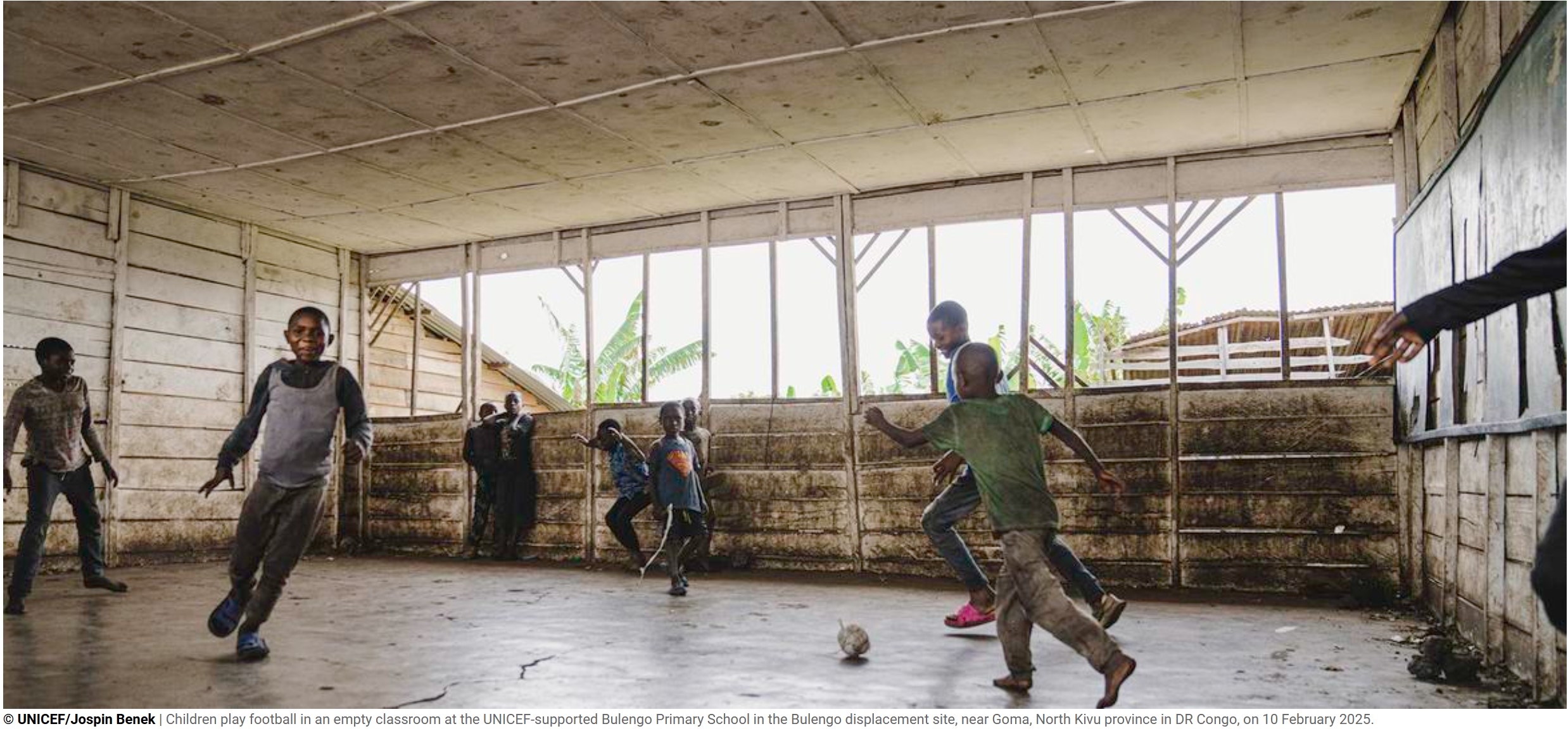
Ongoing violence in North and South Kivu in the Democratic Republic of the Congo (DRC) continues to kill, injure and displace civilians, the UN Office for the Coordination of Humanitarian Affairs (OCHA) has warned.
Intense clashes between local armed groups and M23 rebels were reported on Thursday in the town of Masisi Centre in North Kivu.
Preliminary reports from partners on the ground indicate at least two civilian fatalities and multiple injuries, with several wounded evacuated to Masisi General Hospital.
Meanwhile, many civilians remain confined to their homes due to active crossfire, intensifying fear and limited access to basic needs and services.
“The volatility of frontlines and ongoing combat have rendered comprehensive assessments impossible,” OCHA said.
Despite international support, armed groups have made significant recent gains, particularly the M23 movement, which claims to defend the interests of Congolese Tutsi – many of whom were exiled to Rwanda – and is reportedly backed by Rwandan forces. The extremist Allied Democratic Forces (ADF) also remain active in the region.
Delivering lifesaving aid
In eastern Masisi, where the security situation allows, UN partners are delivering critical aid to displaced and returning populations.
OCHA noted that since yesterday, partners have been distributing household and hygiene kits to more than 500 displaced households in Sake’s collective centre.
Furthermore, 19 of 24 water points in Sake have been rehabilitated, restoring access to safe water for over 4,000 households.
Fresh clashes in South Kivu
In South Kivu, fighting flared again on Tuesday in Fizi Territory, as local armed groups clashed with M23 fighters.
The violence struck the villages of Mulima and Lusuku – both already sheltering thousands of displaced families – prompting another wave of forced displacement.
Cholera outbreak
Meanwhile, in the southern province of Tanganyika, a rapidly escalating cholera outbreak is placing thousands at risk.
As of Wednesday, nine out of 11 health zones in the province are affected, with more than 1,450 confirmed cases and 27 deaths reported since January – a six-fold increase compared to the same period last year.
UN health partners point to severely limited access to safe water – with less than 20 per cent coverage in affected areas – and insufficient healthcare capacity to manage cases effectively.
Health & Society
Danish Youth Take Charge: A Drug-Free Future, One Shop at a Time
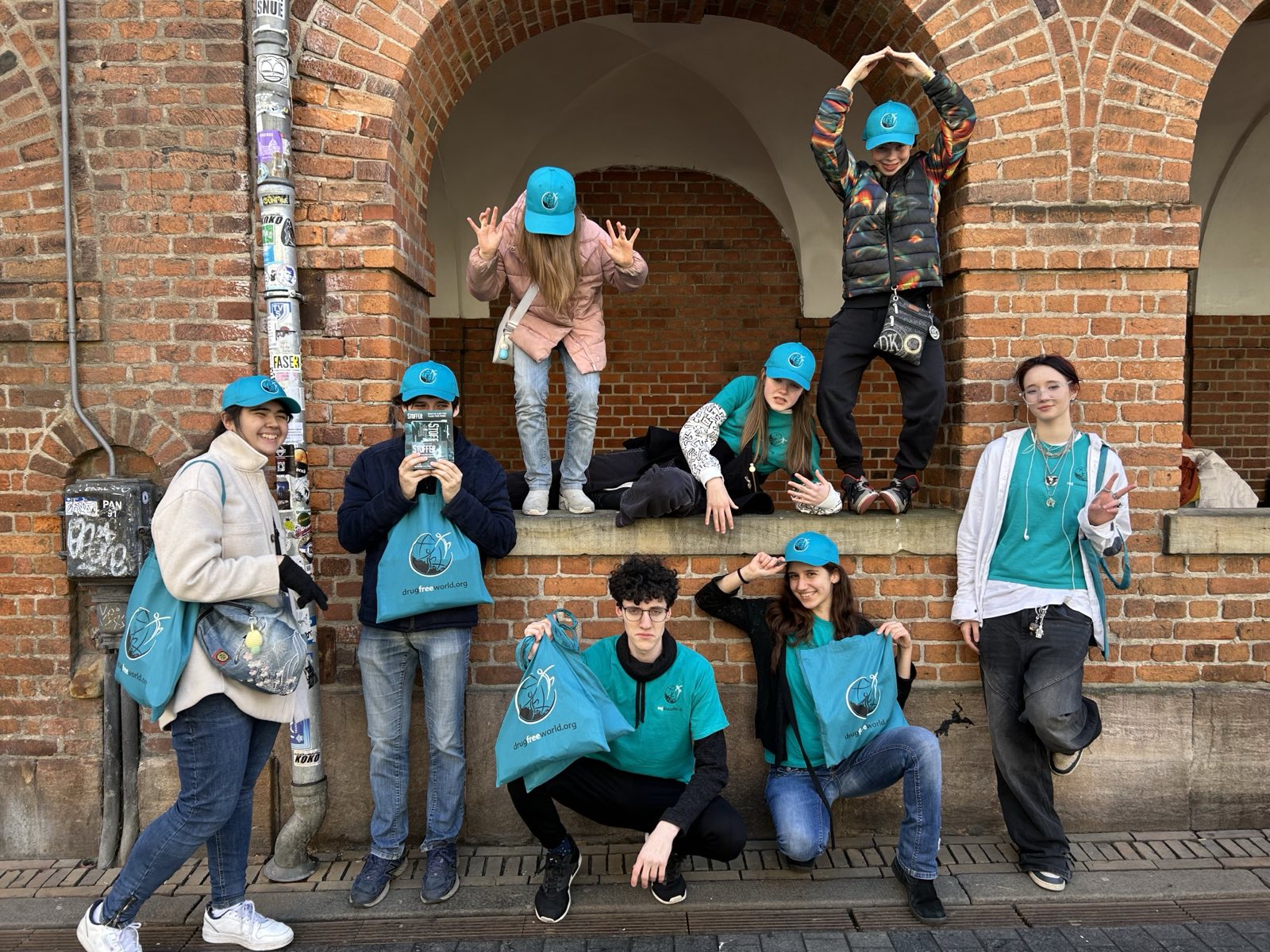
KINGNEWSWIRE – Press release // In the heart of Copenhagen, a group of 15 young activists—aged 10 to 20—are rewriting the narrative on youth empowerment and community health. Inspired by the principles of the Convention on the Rights of the Child and their faith in the Church of Scientology, these teens are spearheading a grassroots campaign to create a drug-free environment. Armed with educational booklets from The Truth About Drugs initiative, they’re turning local businesses into hubs of prevention, proving that age is no barrier to driving societal change.
From Booklets to Action: A Youth-Led Movement
Having started over a month, the group visits shops across Copenhagen, gaining the support of owners and shop assistants to display drug prevention materials at checkout counters. Their approach is simple but impactful: make critical information accessible to everyday customers, sparking conversations about the dangers of substance abuse. “They’re not just kids handing out flyers,” says Giulia, who guides them in this endeavor. “They are showing adults that they care about our future—and that they are taking responsibility for it.”
Their efforts align with global frameworks like the UN Convention on the Rights of the Child, which emphasizes youth participation in decisions affecting their lives. By engaging directly with businesses, the group embodies the spirit of some of UNICEF’s programs, which empowers young people to design solutions for community challenges. “These teens are bridging gaps between generations, ensuring their message resonates where it matters most” said Giulia, in charge of public affairs at the Church of Scientology in Denmark.
Tackling a Local Crisis with Global Lessons
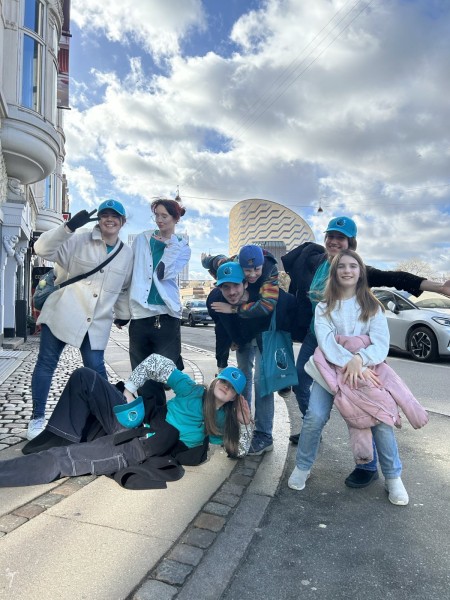
Denmark has long grappled with youth drug use, particularly in areas like Copenhagen’s Freetown Christiania, where hash consumption reportedly remains prevalent. The group’s campaign addresses this head-on, mirroring strategies from what is done in other countries, and try to instil this to every other European country, combining education with community outreach to combat addiction before it arrives.
Their work also reflects a vision of supporting recovery and prevention, proving that empowerment starts long before crisis intervention. The program, one of the world’s largest non-state drug prevention initiatives, is fully funded by members of the Church of Scientology, inspired by L. Ron Hubbard’s research on drug prevention and rehabilitation. However, the teens emphasize the universal message of their materials: facts about drug risks, peer pressure, and making healthy choices “Our religion teaches us to serve others, and do it with factual information” says one of the participants, “this is about saving lives, not religious beliefs.”
A Model for Youth Agency Worldwide
The group’s initiative resonates with many international programs, by equipping young people to drive social change. By partnering with local businesses, this recently started Truth About Drugs youth group, is fostering a culture of collective responsibility. Their actions also echo WHO’s call for youth engagement in health advocacy, positioning them as allies in Denmark’s public health goals.
As these teens inspire shop owners and customers alike, they’re proving that meaningful youth participation isn’t a fairy tale. It’s a blueprint for building resilient communities—one booklet and one conversation at a time. “They are not waiting for permission to change the world,” says Ivan Arjona, Scientology’s representative to the European Union and the UN “They are already doing it.”
-

 Health & Society4 days ago
Health & Society4 days agoThe Art of Earthing – Grounding Yourself for Better Physical Health
-

 Health & Society5 days ago
Health & Society5 days agoNatural Sleep Solutions – Creating a Restorative Nighttime Routine
-

 Health & Society6 days ago
Health & Society6 days agoCold Showers and Beyond – Embracing Temperature Therapy for Vitality
-

 Sports5 days ago
Sports5 days agoInter: Acerbi’s renewal is already there and the clause is no longer a concern
-
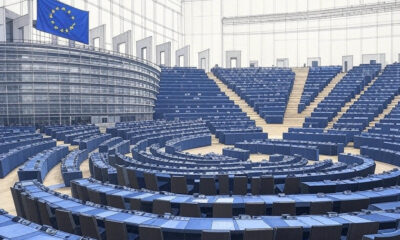
 Politics2 days ago
Politics2 days agoEU Parliament Tackles Steel Industry, Fundamental Rights, and Budget Priorities in Plenary Session
-

 Sports5 days ago
Sports5 days agoNapoli-Milan, Bruscolotti warns: “Leao gave us so many sorrows”
-

 Sports2 days ago
Sports2 days agoNBA, Steph Curry and Nikola Jokic show: Memphis knockout, Minnesota no
-

 EU & the World2 days ago
EU & the World2 days agoIs Cory Booker Still Speaking? How Long His Filibuster Lasted

